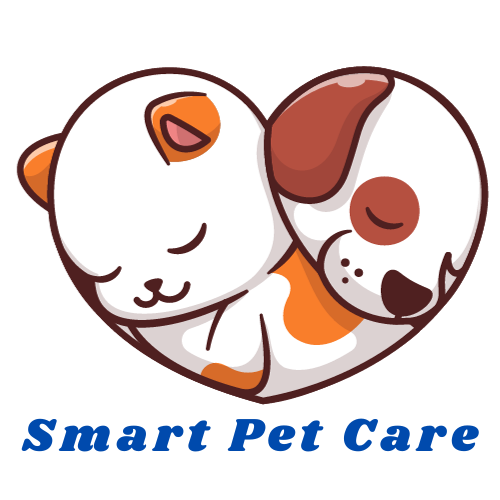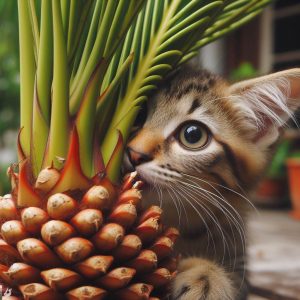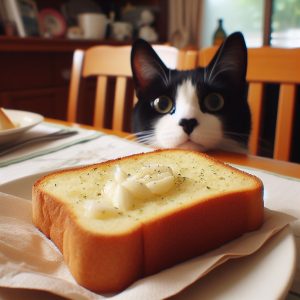Veggie straws have become a popular human snack, leaving many cat owners wondering, Can cats eat veggie straws? This comprehensive guide will dive into all aspects of the veggie straw debate to help you make the right choice for your cat’s unique nutritional needs. We’ll cover the following key topics:
- What Exactly Are Veggie Straws?
- Veggie Straw Ingredients and Nutritional Value
- Are Veggie Straws Toxic to Cats?
- Health Concerns With Feeding Veggie Straws to Cats
- Benefits of Veggie Straws for Cats (If Any)
- Recommended Veggie Straw Serving Size for Cats
- Healthier Cat Treat Alternatives to Veggie Straws
- Expert Vet Opinions on Cats Eating Veggie Straws
- The Bottom Line: Should You Feed Your Cat Veggie Straws?
Let’s explore the tasty topic of cats and veggie straws in detail so you can provide the healthiest diet for your feline friend!
What Exactly Are Veggie Straws?
Veggie straws are a crispy potato-based snack that comes in a variety of fun shapes like straws, chips, and bites. They are made by drying and frying thin slices of potato and blending them with vegetable powders and seasonings.
The main ingredients in veggie straws typically include:
- Potato starch – Provides the bulk of the crispy texture
- Vegetable powders – Made from blending dried veggies like spinach, carrots, tomatoes, beets, etc.
- Sunflower and/or canola oil – Used to fry and add flavor
- Salt – For added taste
- Yeast extract – For umami, cheese-like flavor
- Natural flavors – Variable blend of extracts and essences
- Cheddar cheese powder – In cheesy varieties
So while the name highlights veggies, these snacks are predominantly made from potatoes fried in oil with minimal amounts of actual vegetables. The ingredients will vary slightly between brands.
Now that you know exactly what comprises these popular human snacks, let’s analyze how veggie straws fit into feline nutrition needs.
Veggie Straw Ingredients and Nutritional Value for Cats
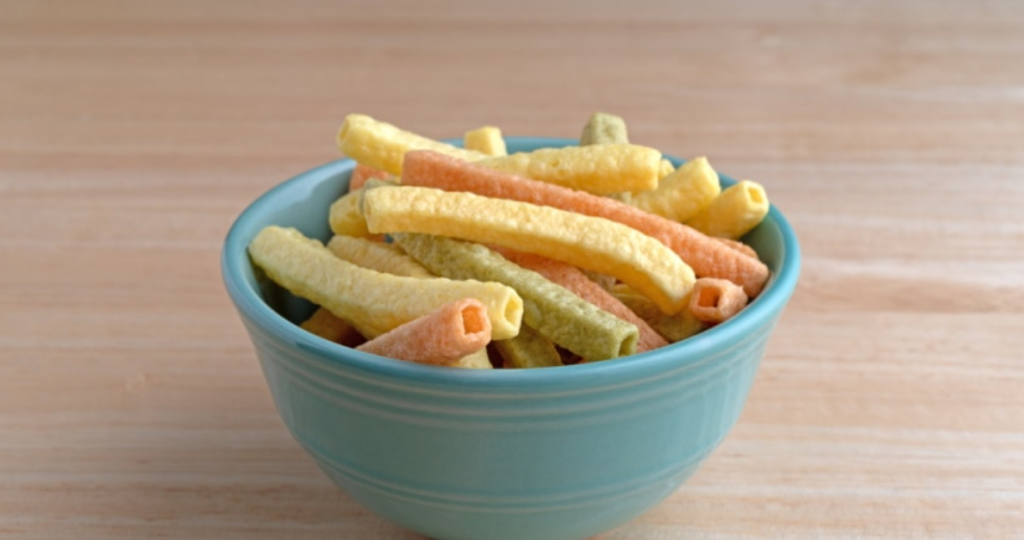
Cats have unique dietary requirements as obligate carnivores. This means they need a high protein, low carbohydrate diet centered around meat. It also means they lack specific enzymes for properly digesting plant matter.
When considering any human food for your cat, it’s important to analyze the nutritional value specifically for feline needs:
Potatoes
- High in carbohydrates – Potatoes consist almost entirely of carbs, while cats require only 2-8% of calories from carbs. Excessive carbs from veggies can lead to obesity and diabetes in cats.
- High glycemic index – Potatoes cause a rapid spike in blood sugar compared to proteins and fats. This stresses the pancreas and repeated glycemic spikes can lead to diabetes.
- Lack key nutrients – Potatoes themselves provide minimal nutritional value beyond carbohydrates and fillers. Cats need animal-based proteins for amino acids.
Vegetable Powders
- Minimal amount – Vegetable powders make up less than 2% of most veggie straws. Not enough to provide substantial nutrition.
- Bioavailability issues – Cats lack some enzymes to properly digest and absorb nutrients from plant matter. The powdered form provides low bioavailability.
- No protein – Vegetable powders provide vitamins and minerals but no beneficial protein. Cats require protein from meat sources.
- Phytates may bind minerals – Compounds like phytates in some veggies actually reduce mineral absorption.
Oils
- High in fat – Oils provide a concentrated source of fat. Excess fat can lead to obesity and pancreatitis in cats.
- Adds calories – Oil is the second biggest ingredient in most veggie straws after potatoes, boosting the calorie count. Cats need portion control.
- Omega-6s – Sunflower and canola oil are high in inflammatory omega-6s compared to omega-3s. This imbalance contributes to illness in cats.
Salt and Flavorings
- Excess sodium – Veggie straws contain added salt for flavor. Too much sodium is linked to hypertension, kidney disease, and stroke in cats.
- Palatability additives – Yeast extract and natural flavors encourage overeating. Can lead to weight gain in cats.
- Safety questions – While likely safe, the long-term impacts of flavor additives specifically on cats are untested. Natural does not equal risk-free.
In summary, veggie straws provide an inappropriate balance of carbohydrates, fat, sodium, and additives compared to the high protein, moisture-rich diet a cat naturally thrives on.
Next, let’s specifically look at the risks of feeding veggie straws to cats.
Are Veggie Straws Toxic to Cats?
The good news is veggie straws are generally not toxic to cats according to veterinary guidelines. The ingredients are all considered safe for human consumption.
However, some important toxicity risks to note include:
- Cheese powder – While minimal, cheese powder provides lactose that can cause digestive upset in some cats that are lactose intolerant.
- Allergies – As with any food, some cats may have undiscovered potato, wheat, or vegetable allergies that could cause adverse reactions.
- Choking hazard – The very crunchy, dry, brittle texture poses a choking risk for cats. This is especially true for elderly cats with dental issues or small kittens.
So while not directly poisonous, veggie straws do come with some potential health hazards to be aware of. It’s also important to remember almost any food is toxic to cats in high enough quantities. Moderation is key.
Health Concerns With Feeding Veggie Straws to Cats
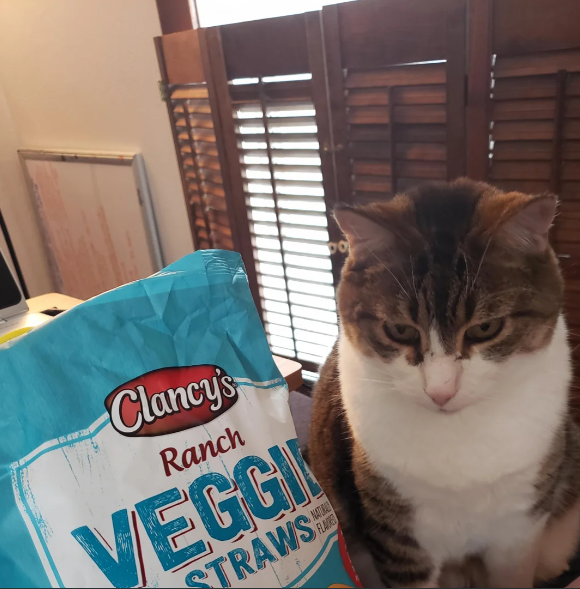
Aside from toxicity, regularly feeding veggie straws can negatively impact a cat’s health in the following ways:
Obesity
The starchy potatoes and added oils provide a dense source of carbohydrates and fat – two primary causes of cat obesity. Obese cats are at risk for:
- Diabetes
- Joint problems and arthritis
- Breathing issues
- Fatty liver disease
- Lowered immunity
- Shorter lifespan
Nutritional Deficiencies
Veggie straws lack many essential vitamins, minerals, and amino acids required in a feline diet. Deficiencies can cause:
- Muscle wasting from lack of meat protein
- Anemia from low iron
- Poor wound healing
- Vision problems from lack of taurine
- Impaired immune function
Gastrointestinal Upset
The high starch and oil content can irritate your cat’s digestive tract, causing:
- Vomiting
- Diarrhea
- Excess gas
- Constipation
- Hairballs
Over time, GI issues can cause inflammatory bowel disease in cats.
Pancreatitis
The high fat content of veggie straws can lead to a dangerous inflammation of the pancreas called pancreatitis that is often fatal if untreated. Symptoms include:
- Loss of appetite
- Vomiting
- Abdominal pain
- Lethargy
Diabetes
Feeding high glycemic foods like potatoes too often raises cats’ risk for obesity and diabetes mellitus. Diabetic cats require lifelong insulin injections and careful blood sugar management.
As you can see, regularly feeding high carb and fatty snack foods like veggie straws jeopardizes your cat’s health and goes against their biological needs.
Now let’s explore whether veggie straws offer any benefits at all for cats.
Are There Any Benefits of Veggie Straws for Cats?
While veggie straws make an enjoyable snack for humans, they fail to provide any substantial nutritional benefits specifically for felines. At best, potential benefits include:
- Added flavor – Cats may enjoy the taste varieties like sea salt, cheese, and ranch. But flavor preference should not outweigh nutrition.
- Crunchy texture – The crispiness adds sensory variety compared to the usual cat foods. But a chompable texture can be found in proper cat treats.
- Vegetable antioxidants – The powdered veggies provide trace amounts of antioxidants. But cats benefit more from animal liver, fish oil, and meat.
- Mental stimulation – The fun shapes and flavors offer cats mental enrichment. But protein-based treats stimulate cats more effectively.
- Occasional variety – A rare veggie straw can add interest to a cat’s diet. But variety should come from a rotation of properly balanced cat foods, not people food.
The insignificant benefits do not justify making veggie straws a regular part of your cat’s diet when so many healthier options exist. But what about as an occasional treat in limited amounts? Let’s look at safe veggie straw serving sizes for cats next.
Recommended Veggie Straw Serving Size for Cats
Most veterinarians caution against making veggie straws a regular part of a cat’s diet. The junk food nature provides excessive carbohydrates and fat with little nutritional payoff for cats.
However, as an occasional treat, a small amount of veggie straws is not harmful for most cats. The key is moderation.
Consider the following prudent serving size guidelines when treating your cat to veggie straws sparingly:
- Start with just 1-2 veggie straws at a time to test your cat’s reaction.
- Limit treat time to once or twice per week maximum to prevent gastrointestinal issues.
- Avoid additional treats on days you offer veggie straws to reduce calorie load.
- Break larger straws into bite-sized pieces your cat can comfortably chew and digest.
- Hydrate with extra water before and after eating to aid digestion.
- Supervise your cat while eating to check for choking.
- Avoid cheese varieties if your cat has dairy sensitivity.
Following these common-sense guidelines allows you to share a few veggie straws as a special snack while avoiding health consequences from overindulgence.
Next, let’s review some healthier, more nutritious cat treat alternatives.
Healthier Cat Treat Alternatives to Veggie Straws
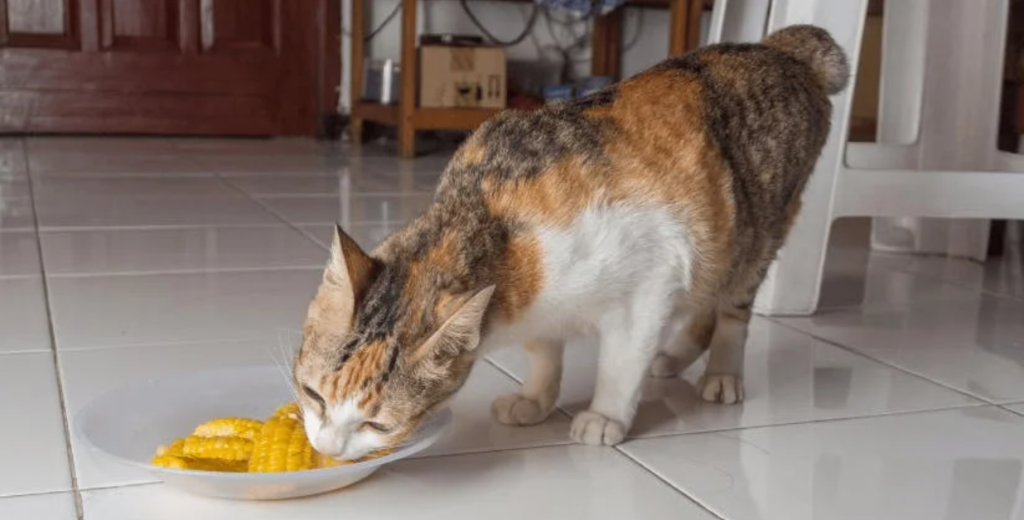
To satisfy your cat’s cravings for a crunchy or starchy snack in a more nutritionally appropriate way, consider these healthier treat options:
Freeze Dried Meat Treats
Look for single ingredient freeze dried treats made from 100% chicken, salmon, liver, or other meat. Ziwi Peak and Vital Essentials are quality brands. These provide protein while mimicking the crunch cats love.
Steamed Vegetables
Lightly steam vegetables like carrots, green beans, or broccoli until soft and offer a few small bites. Avoid seasoning or butter. The fiber aids digestion.
Air Popped Popcorn
Plain air popped popcorn gives carb-loving cats crunch without excess fat or salt of packaged popcorn. Remove unpopped kernels to prevent choking.
Boiled Chicken
Shredded boiled chicken breast provides pure protein for muscle maintenance and essential amino acids absent in veggie straws.
Meat Baby Food
Look for grain-free protein-packed meat purees for kittens and adult cats. Restrict sodium and onion/garlic.
Cat Grass
Grow cat grass indoors from cat-safe seeds. The greens provide fiber, aids digestion, and satisfies nibbling urges.
Rotating through varied healthy treats prevents boredom while ensuring nutritional balance. Check with your veterinarian for personalized treat recommendations.
Now let’s examine what professional veterinarians say about cats eating veggie straws.
Expert Veterinarian Opinions on Cats Eating Veggie Straws
Overall, vets advise against making veggie straws a regular part of your cat’s diet. Here are insights from experts:
Dr. Gabby of Cat Veterinary Says:
“While veggie straws won’t immediately harm your cat, they offer no real nutritional value. Veggie straws are mostly simple carbohydrates from potato starch. Cats lack the enzymes to properly digest carbs. The added vegetable powders provide negligible nutrition compared to the quality proteins and fats cats require from meat sources.”
Denver Cat Vet from Feline Fix Says:
“The high carb count of veggie straws can lead to blood sugar spikes and weight gain that adversely impact your cat’s health over time. For a treat they enjoy, I recommend finding a 100% meat jerky style cat treat. Cats are obligate carnivores designed to thrive on animal-based proteins.”
Dr. Sarah of The Cat Hospital Recommends:
“Occasionally allowing your cat a veggie straw or two as a special snack is fine, but do not make it a regular habit. For day-to-day feeding, choose high protein, low carb commercial cat foods or make homemade cat food with recipes developed specifically for feline nutrition requirements.”
The ASPCA Advises:
ASPCA Advises “The primary ingredients in veggie straws like potato starch, oil, and salt mean these snacks are not properly balanced or healthy as a substantial part of your cat’s diet. Stick to treats made for cat’s nutritional needs.”
So veterinary experts agree veggie straws make a poor dietary staple for cats, but occasional treats in moderation are harmless. Keep your cat’s meals focused on high protein, moisture-rich commercial or homemade cat foods.
The Bottom Line: Should You Feed Your Cat Veggie Straws?
While veggie straws provide some crunch and flavor cats may enjoy, they lack the protein and nutritional balance obligate carnivores like cats require. Can cats eat veggie straws? Making potato-based snacks a regular part of your cat’s diet can lead to obesity, diabetes, pancreatitis, and other serious health consequences.
However, as an occasional treat in tiny amounts, a few veggie straws will not harm your cat. Feed just 1-2 veggie straws maximum once or twice a week. Break into smaller pieces for safety. Always supervise snack time.
For optimal health and nutrition, fill your cat’s regular diet with high-protein commercial or homemade wet and dry cat foods. Avoid people’s food, and restrict treats to cat-specific jerky, meat purees, or dental treats. Rotate through a variety of healthy snacks to keep your cat satisfied.
By understanding cat nutrition and evaluating snack ingredients specifically for feline needs, you can make the best treat choices for your cat. In moderation, sharing the veggie straw experience can provide enrichment without sacrificing well-being. Follow these veggie straw guidelines, and your cat can enjoy a long and healthy life.
